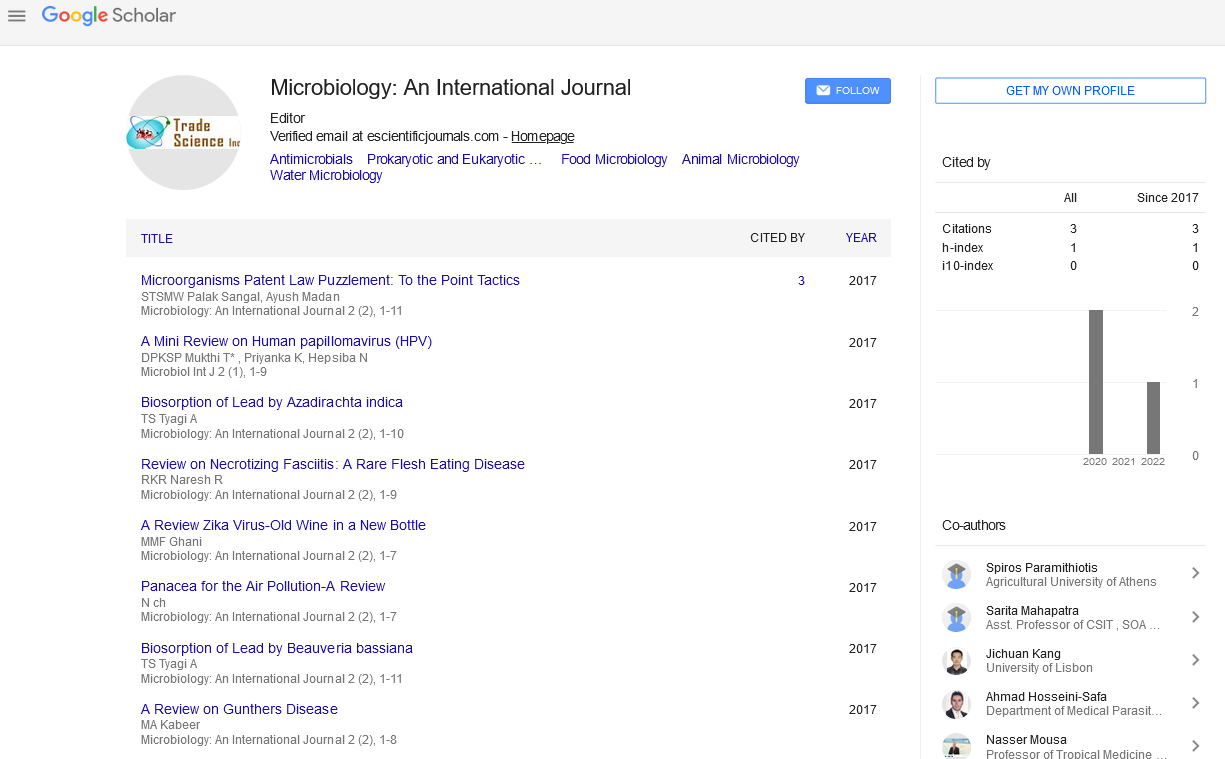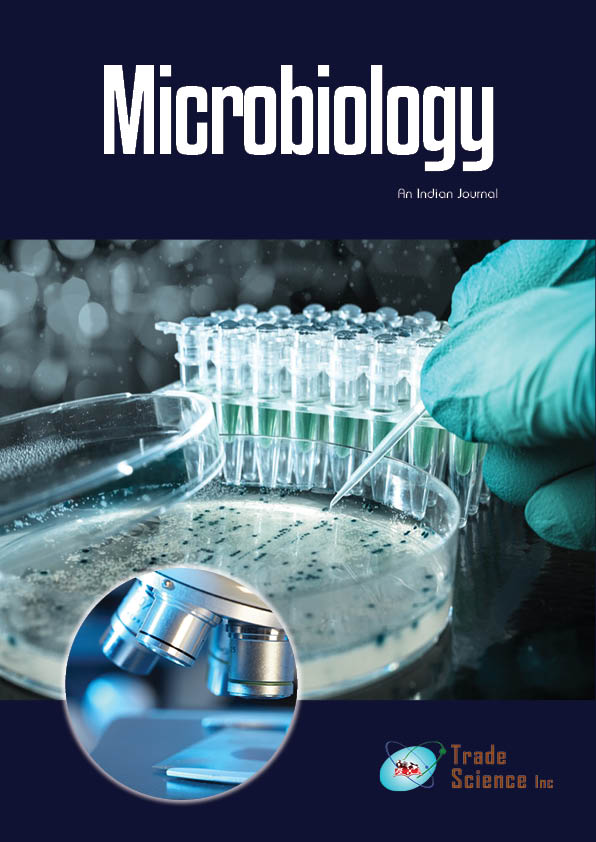Current opinion
, Volume: 3( 2)Hemolytic Activity and Biofilm-Formation among Clinical Isolates of group B Streptococcus
- *Correspondence:
- Yadav M, Department of Medicine, University of Alabama at Birmingham, Birmingham, 35294, AL, United States; E-mail: yadavmeena34@edu.in
Received: September 25, 2021; Accepted: October 11, 2021; Published: October 20, 2021
Citation: Yadav M. Hemolytic Activity and Biofilm-Formation among Clinical Isolates of group B Streptococcus. Microbiol Int J. 3(2):123.
Abstract
Streptococci are a large group of bacteria that are normally commensal but can cause a variety of life-threatening diseases. They infest the oral cavity, respiratory, gastrointestinal, and urogenital tracts, among other host niches. Despite the fact that the environmental circumstances in different host compartments vary, many streptococci form biofilms on mucosal membranes, which helps them survive longer. In response to environmental circumstances or stimuli, bacteria undergo considerable physiologic and metabolic changes during biofilm growth. When examining bacteria, researchers uncovered a number of genes that are important in the early stages of biofilm development. The expression patterns of these genes reveal a complicated and tightly controlled mechanism that occurs during the transition from planktonic to biofilm formation. Biofilms allow bacteria to bypass human immunity and withstand antibiotic therapy as a survival strategy. On the other hand, the exact mechanisms through which biofilm-associated bacteria cause disease are uncertain. As a result, contemporary molecular approaches are being employed to find gene(s) or protein(s) that could be used as antibiofilm therapeutic targets. We go over what we know about biofilm production in different streptococci and how it can impact the bacteria's virulence qualities. In addition, the importance of surface proteins in biofilm formation, notably pili proteins, has been summarised. This paper will provide an outline of strategies for developing novel treatments to streptococcal infections induced by biofilms.
Keywords
Streptococci; Opportunistic pathogen; Planktonic; Biofilm; Antibiotic therapy; Quorum sensing.
Introduction
Surface-associated microbial colonies encased in a self-produced matrix made up of one or more bacterial species are known as biofilms. Biofilms originated as a defence mechanism against harsh environmental conditions following the advent of prokaryotes billions of years ago, providing homeostasis and protection to the bacterial cells involved. In the 17th century, Antoni van Leeuwenhoek discovered biofilms on tooth surfaces, and in 1982, Costerton coined the term "biofilm" in medical microbiology [1]. He discovered S. aureus biofilm formation on an infected endocardial pacemaker. Biofilms are the most common type of infection in humans. More than 80% of microbial diseases have been linked to biofilm growth. Bacterial biofilms are involved in infections of the urinary system, female genital tract, bloodstream, and upper respiratory tract [2]. Dental plaque is a natural biofilm made up of a multispecies bacterial community containing streptococci that can cause caries. In biofilms, antibiotic resistance or tolerance is a prevalent problem. It could be the result of mutations or the exchange of antibiotic resistance genes, or it could be generated by microbial growth conditions [3]. Despite good antibiotic therapy, infections are difficult to eradicate because biofilms evolve to withstand antibiotic treatment [4].
Conclusion
Biofilms are important in the course of streptococcal infections and present a considerable clinical challenge in terms of morbidity and mortality. They provide antibiotic resistance and immune system protection, making treatment with antimicrobial drugs alone challenging. To solve this challenge, we need to learn more about the underlying molecular mechanisms. This article discusses the role of virulence factors, pili, and surface proteins and regulators in streptococcal biofilms. It is feasible to design antibiofilm treatments that target certain aspects of biofilm growth. Quorum sensing systems, bacteriocins, EPSs, AMPs, nanodrugs, enzymes, surfactants, and phages have all been proven to attack streptococcal biofilms in vitro. As a result, biofilms, which play a key role in the course of Streptococcal infections, could be a key target for new therapeutic approaches.
References
- Donlan RM. Biofilms: Microbial Life on Surfaces. Emerg. Infect. Dis. 2002;8:881-890.
- Hall-Stoodley L, Costerton JW, Stoodley P. Bacterial biofilms: From the Natural environment to infectious diseases. Nat. Rev. Microbiol. 2004;2:95-108.
- Marrie TJ, Nelligan J, Costerton JW. A scanning and transmission electron microscopic study of an infected endocardial pacemaker lead. Circulation. 1982;66:1339-1341.
- Hall CW, Mah TF. Molecular mechanisms of biofilm-based antibiotic resistance and tolerance in pathogenic bacteria. FEMS Microbiol. Rev. 2017;41:276-301.

